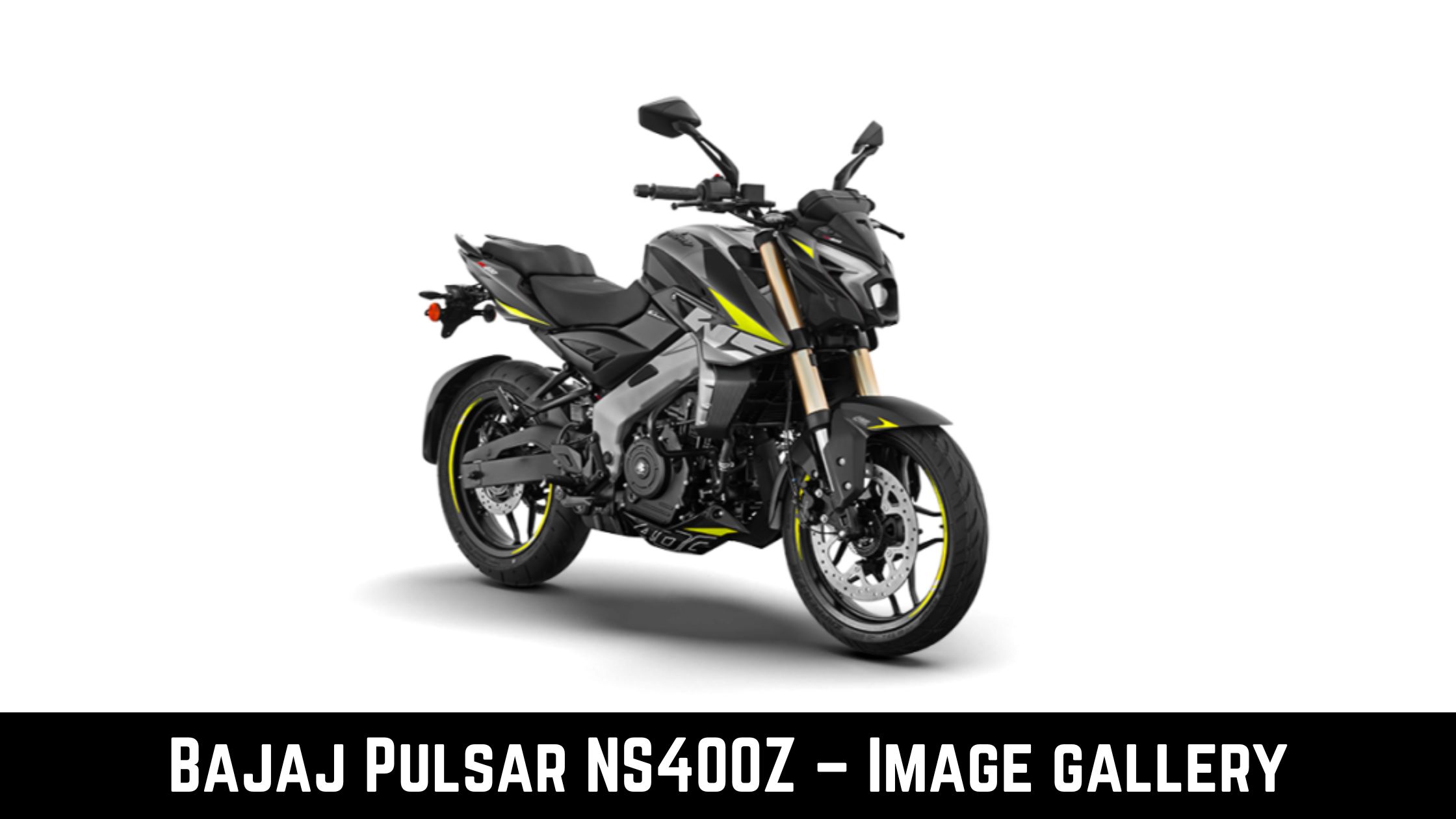
Since the beginning of the automobile, brakes have been a vital part of the system. The earliest brake we used was a wooden block brake. When used with wheels with metal rims, the brake would rub against the metal rim, causing friction between the wheel and the brake. This friction results in a vehicle stopping.
The mechanical drum brake came next as brake technology advanced. It contains a spring mechanism inside a drum positioned in the center of the wheel. Pistons force the rubber brake shoes that grip the wheel to slow it down.
A more modern braking system is known as a disc brake. This system has a disc and a piston mechanism attached to it. This type of brake is still used in many bikes today. The piston grips the disc and stops the bike when pulling the lever. From employing wooden block brakes on a cart to having cars and ABS bikes in India, brake technology has advanced significantly.
What are ABS Brakes?
Beginning in 1970, bike companies started offering a novel type of braking system. This system would quickly grip and release the brake pads by using computer-based operations, releasing the pumping action of the brake so that even under heavy braking, the wheels would continue to rotate, giving the driver better steering control and preventing skidding. The use of ABS on bikes is now a standard practice among manufacturers. Since we began employing the ABS or anti-lock braking system, the number of accidents caused by skidding has decreased significantly.
What are Non-ABS Brakes?
The classic or non-ABS braking system is relatively straightforward because all you have to do is press down on the brake pedal to stop the car. However, when sudden freezing of the wheels can cause skidding, we had to use several tactics to stop the vehicle. The anti-lock braking system, or ABS.
The methods involve pressing the brake pedal quickly. The rider must continuously apply and release the brakes until the bike is steady and under control. Even after mastering this technique, you cannot guarantee that you can prevent sliding. This is because, in dangerous situations, you may not be able to control the vehicle, which could prove fatal or even result in death in some cases. This takes a lot of effort and is complex to achieve.
How does ABS work?
ABS rapidly and repeatedly pumps the brakes to stop the vehicle. The driver must maintain constant pedal pressure for the ABS braking system to activate and return the vehicle to a controlled steering position when it can slide since this braking system uses computer-aided software to control the pumping.
Currently, ABS bikes are prevalent in India, and most automakers, including Bajaj, offer ABS options for their vehicles. Now you are aware of the advantages of ABS. Get your hands on new bikes with ABS and all the latest features at a reasonable payment rate with simple EMI options.



